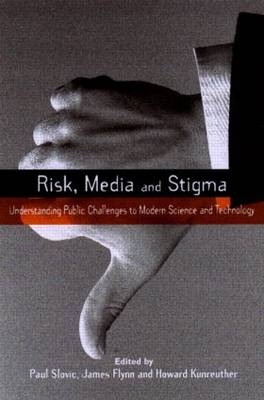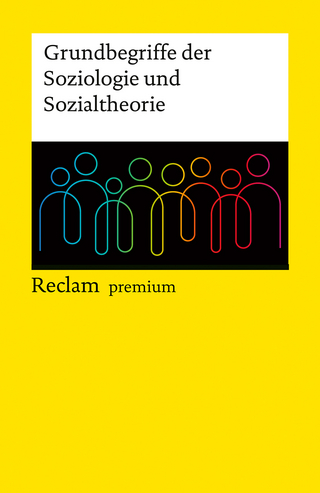
Risk, Media and Stigma
Understanding Public Challenges to Modern Science and Technology
Seiten
2001
Earthscan Ltd (Verlag)
978-1-85383-700-5 (ISBN)
Earthscan Ltd (Verlag)
978-1-85383-700-5 (ISBN)
The benefits of modern technology often involve health, safety and environmental risks that produce public suspicion of technologies and aversion to certain products and substances. This title presents an examination of how and why stigma occurs and what the appropriate responses to it should be to inform the public and reduce undesirable impacts.
The benefits of modern technology often involve health, safety and environmental risks that produce public suspicion of technologies and aversion to certain products and substances. Amplified by the pervasive power of the media, public concern about health and ecological risks can have enormous economic and social impacts, such as the 'stigmatization' experienced in recent years with nuclear power, British beef and genetically modified plants.
This volume presents the most current and comprehensive examination of how and why stigma occurs and what the appropriate responses to it should be to inform the public and reduce undesirable impacts. Each form of stigma is thoroughly explored through a range of case studies. Theoretical contributions look at the roles played by government and business, and the crucial impact of the media in forming public attitudes. Stigma is not always misplaced, and the authors discuss the challenges involved in managing risk and reducing the vulnerability of important products, industries and institutions while providing the public with the relevant information they need about risks.
The benefits of modern technology often involve health, safety and environmental risks that produce public suspicion of technologies and aversion to certain products and substances. Amplified by the pervasive power of the media, public concern about health and ecological risks can have enormous economic and social impacts, such as the 'stigmatization' experienced in recent years with nuclear power, British beef and genetically modified plants.
This volume presents the most current and comprehensive examination of how and why stigma occurs and what the appropriate responses to it should be to inform the public and reduce undesirable impacts. Each form of stigma is thoroughly explored through a range of case studies. Theoretical contributions look at the roles played by government and business, and the crucial impact of the media in forming public attitudes. Stigma is not always misplaced, and the authors discuss the challenges involved in managing risk and reducing the vulnerability of important products, industries and institutions while providing the public with the relevant information they need about risks.
James Flynn is a Senior Research Associate at Decision Research in Eugene, Oregon. Paul Slovic is President of Decision Research and Professor of Psychology at the University of Oregon. Howard Kunreuther is the Cecelia Yen Koo Professor of Decision Sciences and Public Policy in the Operation and Information Management Department, the Wharton School, University of Pennsylvania, and Co-Director of the Wharton Risk Management and Decision Processes Center.
Introduction * Contamination Stigma * Nuclear Stigma * Place, Product, and Industry Stigma * Risk, Media, and Stigma * Coping with Stigma * References * About the Authors * Index
| Erscheint lt. Verlag | 1.2.2001 |
|---|---|
| Reihe/Serie | Earthscan Risk in Society |
| Verlagsort | London |
| Sprache | englisch |
| Maße | 156 x 234 mm |
| Gewicht | 635 g |
| Themenwelt | Naturwissenschaften |
| Sozialwissenschaften ► Kommunikation / Medien | |
| Sozialwissenschaften ► Soziologie ► Allgemeines / Lexika | |
| ISBN-10 | 1-85383-700-8 / 1853837008 |
| ISBN-13 | 978-1-85383-700-5 / 9781853837005 |
| Zustand | Neuware |
| Haben Sie eine Frage zum Produkt? |
Mehr entdecken
aus dem Bereich
aus dem Bereich
Buch | Softcover (2024)
Phillip Reclam (Verlag)
12,80 €


